PEELED TOMATOES
PROCESSING
LINES
PROCESSING
LINES
For the processing of peeled tomatoes, it is necessary to use special varieties of products.
In addition, this processing should be complementary to a tomato paste production line; the waste part of the peeled tomatoes line - which can reach up to 30% - can be recovered to produce tomato paste.

How peeled tomatoes processing lines work
The production of peeled tomatoes includes the same phases described for tomato paste, up to the sorting.
In the case of peeled tomatoes, peeling is introduced, a process which can be done in two ways:
Mechanical peeling
Suitable for medium-low production (10–15 tons per hour). In this case, the quality of the finished product is high. However, this method requires fairly homogeneously sized tomatoes (more waste) and important maintenance of the mechanical parts of the machine.
Thermo-physical peeling
It is the most widely used method, because of the high production capacities - up to 50 tons per hour.
The operation takes place with a rapid heating process up to 115°C and a subsequent vacuum cooling of the fruit, in order to detach the skin from the pulp.
The pulp is removed altogether by the next machine, consisting of a series of counter-rotating pairs of rollers.
Thermo-physical peeling
A further sorting station eliminates consequent damaged tomatoes. Packaging takes place in cans of varying capacities, ranging from 500g to 10kg, with the help of telescopic fillers.
Thermo-physical peeling
The hot preserving liquid - usually slightly concentrated tomato juice - is added later, by the next filling machine.
Finally, the filled can passe to the seaming and heat treatment section, in a rotating box tunnel.
Are you interested in lines for processing peeled tomatoes?
Fill out and submit this form: one of our experts will contact you shortly to answer your questions.
